DJ Discoveries
Revisiting Vintage Music for Themed Dances
By Jackson Fossen
The University of Minnesota Ballroom Dance Club recently hosted their end-of-semester social dance, themed as a 50’s themed Sock Hop. As the club’s music coordinator, this presented me with a new and unique challenge: build a ballroom social dance playlist with the added restriction of limiting choices to pre-1970’s. I learned a lot in this endeavor, what follows is a summary of what I learned for those thinking of attempting something similar.
Being restricted to music from a specific period drastically alters the availability of good songs from dance to dance. As one might expect, there was no shortage of Foxtrots to be had, nor traditional Swing/Quickstep music. However, once thing I noticed almost immediately that caused trouble in my search was that Rock and Roll was only just getting started in the 50’s. The majority of the subgenres of rock and its derivatives (Hard Rock, Alternative, Punk, Heavy Metal, etc) had yet to be developed, which translated into a significant stylistic reduction in song choices. A particularly annoying and consistent result of this was the lack of heavy, driving bass lines that clearly present the ever-crucial beat dancers listen for. Weak bass made it especially difficult to find good Cha Cha music that didn’t sound like Rumba. Eventually, I changed my perspective a bit and studied what has historically been considered appropriate Cha Cha music and made things work. I also found myself sorely missing the influences of later Rock music when looking for Triple Swing. Swing music had, of course, been well-established by the 1950’s and plenty of music featured the signature shuffle beat of triple step swing, but I realized much of my Triple Swing music relied heavily on hard rock and contemporary rock music. This too led to an adjustment of my perception of Triple Swing music, and the result was what I consider “lighter” selections for Triple Swing.
Two dances that weren’t difficult to find music for: Waltz and Tango. Waltz music has been around for at least 200 years, so there was no shortage of that. Many popular singers from the Sock Hop era also recorded ballads in ¾ time, which helped enforce the Sock Hop theme in addition to being chronologically appropriate. Tango, as a dance and style of music, had similarly been around for decades. In addition, Tango music is comparatively consistent relative to other ballroom dances, so modern tango music doesn’t sound all that different compared to that of 60 years ago.
Two dances that suffered quite a bit: West Coast swing, and Hustle. One can dance West Coast to nearly any music, but a lot of the good West Coast music I prefer didn’t come about until much later. Hustle, though technically a swing dance, didn’t come about until the advent of Disco in the 70’s. This fact was the primary reason I decided to split the playlist up and play Sock Hop-esque music in the beginning, and then switch to modern ballroom music later in the dance.
Though I heard from several people that they liked the era-appropriate music, I remain hesitant to use it exclusively even for a historically-themed dance such as a Sock Hop because of one observation. Once I began playing modern music, I noticed the energy of the group pick up markedly (partially due to, I think, the heavy bass used by much of modern music). As fun as it is to dance to old music, it’s not quite the same when you really want to let loose.
I enjoyed the challenge the Sock Hop presented me, and it expanded my views of what constitutes danceable ballroom music. A few selections I found will remain in my regular music library. However, this task has renewed my appreciation all the music that has developed since the 1950’s, and made me look forward to what develops in the future.
